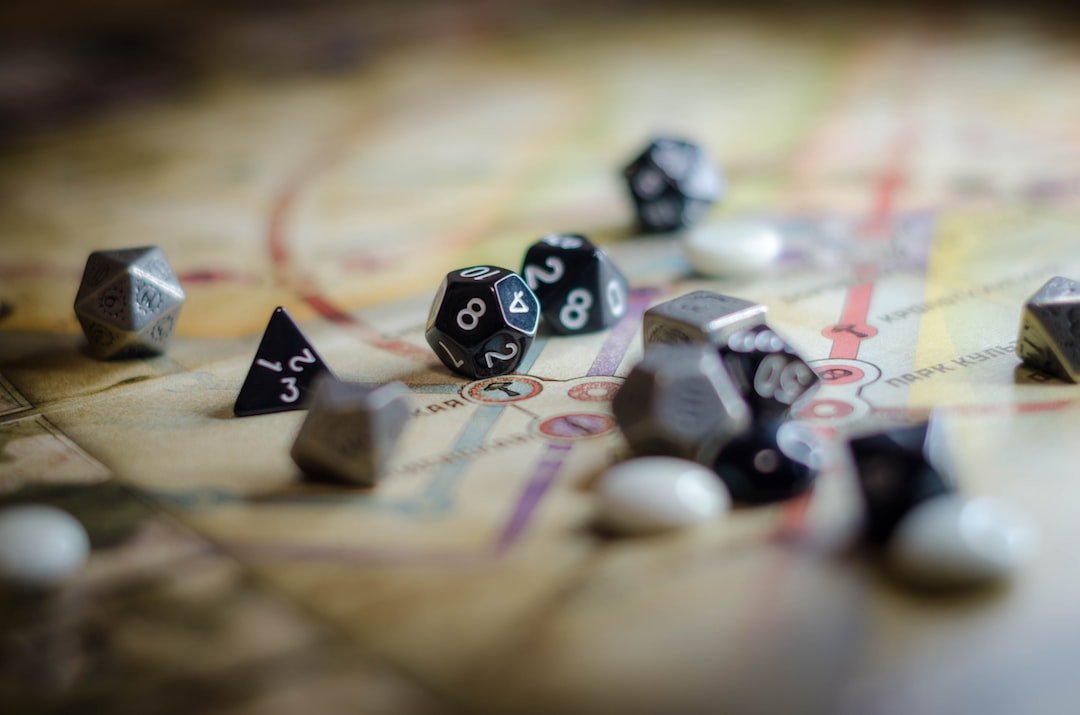Gaming Across Generations: Bridging the Gap in Family Entertainment
In today’s fast-paced digital age, there is no denying the impact that gaming has had on our society. With the rise of smartphones, tablets, and gaming consoles, video games have become an integral part of many people’s lives. And one of the most interesting and important aspects of gaming is how it can bridge the gap between generations and provide a source of family entertainment.
Gone are the days when gaming was seen as a solitary activity confined to teenagers and young adults. Now, people of all ages are enjoying the immersive world of gaming, and families are using it as a way to bond and spend quality time together. Whether it’s playing a cooperative game on the couch or competing against each other in multiplayer games online, gaming has become a shared experience across generations.
One of the key reasons why gaming has become a popular form of family entertainment is its accessibility. Unlike other forms of entertainment like movies or sports, gaming doesn’t require any prior knowledge or physical ability. Anyone can pick up a controller and start playing, regardless of age or experience. This level playing field allows family members of all generations to join in the fun and participate equally, leveling the playing field and creating an inclusive environment.
Additionally, the advancement in technology has made gaming more intuitive and user-friendly. Modern gaming consoles and devices have user interfaces that are designed to be easy to navigate, even for those who are not tech-savvy. This means that grandparents and parents who may not be as familiar with technology can still join in and enjoy the gaming experience with their younger family members.
Furthermore, gaming offers a variety of genres and experiences to suit the preferences of different generations. Whether it’s puzzle-solving, racing, role-playing, or strategy games, there is something for everyone. This diversity ensures that each family member can find a game that speaks to their interests and allows them to fully engage in the experience.
Another benefit of gaming across generations is the opportunity for intergenerational learning. Younger family members can share their knowledge and expertise in gaming with their older relatives, creating a sense of empowerment and connection. This not only enhances the gaming experience but also fosters a sense of mutual respect and learning within the family unit.
Aside from the entertainment value, gaming also provides numerous cognitive and social benefits. Studies have shown that gaming can improve problem-solving skills, hand-eye coordination, and decision-making abilities. It also promotes teamwork, communication, and cooperation when playing multiplayer games, strengthening family bonds and teaching important life skills through interactive gameplay.
While gaming can be a positive and bonding experience, it’s important to strike a balance and establish boundaries. Just like any other form of entertainment, excessive gaming can lead to sedentary behavior and isolation. It is crucial for families to set limits on screen time and encourage other activities to maintain a healthy balance between gaming and other aspects of life.
To further enhance the family gaming experience, some developers have even created games specifically designed for intergenerational play. These games incorporate mechanics that are appealing to both younger and older players, encouraging cooperation and interaction. This opens up a whole new realm of possibilities for family entertainment and creates a space where different generations can interact and connect in a meaningful way.
In conclusion, gaming has evolved from a solitary hobby to a shared experience that bridges the gap between generations. Its accessibility, diverse genres, and cognitive benefits have made it an attractive choice for family entertainment. By taking advantage of the many opportunities provided by gaming, families can create lasting memories, strengthen their relationships, and bridge the gap between generations in a fun and interactive way.

